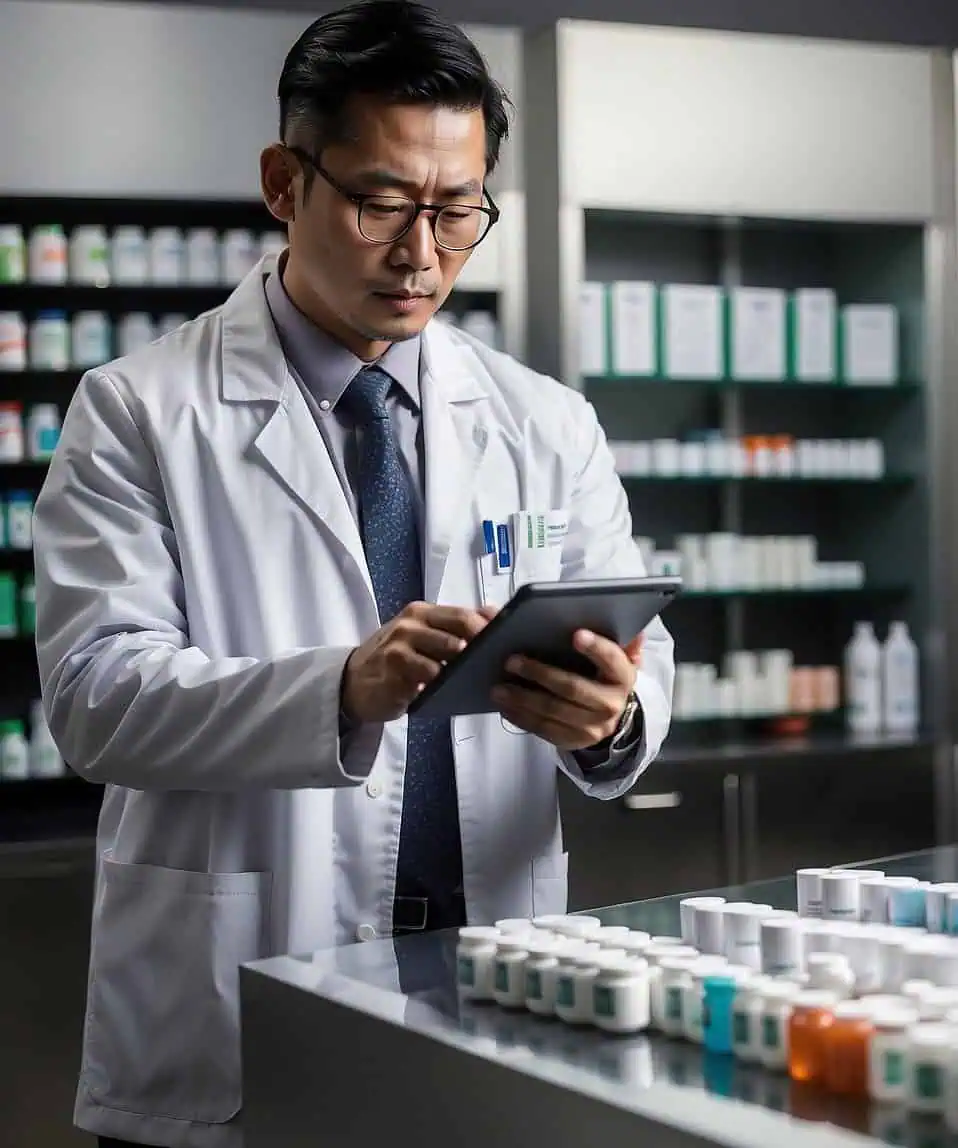The pharmaceutical industry plays a pivotal role in safeguarding public health by providing access to safe and effective medicines. However, the increasing complexity of the global pharmaceutical supply chain has exposed vulnerabilities that can be exploited by bad actors seeking financial gains at the expense of patient safety.
This pharmaceutical infiltration case study delves into a documented example of bad actors infiltrating the pharmaceutical supply chain with substandard or falsified medicines, highlighting the potential risks and consequences for public health.
Case Background
In 2016, the World Health Organization (WHO) raised an alarm about the infiltration of substandard and falsified medicines into the pharmaceutical supply chain, with a particular focus on Southeast Asia.
This region, known for its rapid economic growth and expanding healthcare infrastructure, became a target for criminal organizations seeking to capitalize on the high demand for pharmaceuticals.
The case centers around a specific incident involving the distribution of counterfeit antimalarial drugs in several countries in Southeast Asia. Malaria, a life-threatening disease transmitted by mosquitoes, is a significant public health concern in the region.
The infiltration of substandard antimalarial drugs posed a severe threat to patients relying on these medications for treatment.
Method of Infiltration
The infiltration began with the exploitation of weak links in the pharmaceutical supply chain. Bad actors often target areas where regulatory oversight is lax, and enforcement mechanisms are weak.
In this case, the criminals identified gaps in the distribution process, including insufficient regulatory checks and inadequate monitoring of the movement of pharmaceutical products.
The criminals employed various tactics to introduce falsified medicines into the supply chain. These included the creation of counterfeit packaging and labels, replication of popular antimalarial drug formulations, and infiltration of legitimate distribution channels.
By mimicking the appearance of authentic products, the counterfeit drugs were able to evade initial detection.
Detection and Response
The discovery of the infiltration occurred when an increased number of patients reported treatment failures and adverse reactions to antimalarial medications. Local health authorities, in collaboration with international organizations, initiated investigations to trace the source of the substandard drugs.
Advanced analytical techniques, including high-performance liquid chromatography (HPLC) and mass spectrometry, were employed to compare the chemical composition of the counterfeit drugs with genuine products.
The results confirmed the presence of inadequate or incorrect active pharmaceutical ingredients (APIs) in the falsified antimalarials, underscoring the severity of the issue.
Once the extent of the infiltration was determined, swift action was taken to remove the counterfeit drugs from circulation. Regulatory authorities collaborated with law enforcement agencies to identify and apprehend the criminal networks responsible for the illicit operation.
Simultaneously, public awareness campaigns were launched to educate healthcare professionals and the general public about the risks associated with counterfeit medicines.
Impact on Public Health
The infiltration of substandard and falsified antimalarial drugs had severe consequences for public health in Southeast Asia. Patients who relied on these medications faced prolonged illness, increased risk of complications, and even death in some cases.
The incident also eroded trust in the pharmaceutical supply chain, as healthcare providers and the public became wary of the authenticity of medicines.
The economic impact was significant, with increased healthcare costs due to the need for additional treatments, hospitalizations, and public health interventions.
Moreover, the damage to the reputation of legitimate pharmaceutical manufacturers and distributors in the region was substantial, affecting their ability to operate effectively.
Lessons Learned and Recommendations
The case study highlights the critical importance of strengthening regulatory frameworks and enhancing collaboration between local and international stakeholders in the fight against substandard and falsified medicines.
It underscores the need for robust monitoring systems, stringent drug quality control measures, and the use of advanced technologies to detect and prevent the infiltration of counterfeit drugs into the supply chain.
Furthermore, raising awareness among healthcare professionals, regulatory authorities, and the public about the risks associated with counterfeit medicines is crucial.
Training programs on identification and reporting of suspicious products can empower stakeholders to act promptly in the face of potential threats to public health.
The ARTiFACTS Verify platform offers an integrated approach to identifying substandard and falsified drugs that have entered the pharmaceutical supply chain:
- Identification of suspect medicines through on-site testing at any point in the supply chain using paper analytical device technology that is cost-effective and requires minimal training.
- Confirmation of the properties of medicines failing the initial test through further testing at specialist labs, using advanced scientifically recognized techniques, including high-performance liquid chromatography, mass spectroscopy, among others.
- Organisation of all data captured for managing workflows, analysing and reporting results.
- Coverage of over half of WHO’s 600 Essential Medicines.
Enhanced data security by recording results on a purpose-built blockchain provides an immutable record of test results, including active pharmaceutical ingredients, product origin, manufacturer and other data essential for effective intervention.
Conclusion
The documented case of bad actors infiltrating the pharmaceutical supply chain with substandard or falsified medicines serves as a stark reminder of the vulnerabilities inherent in the complex global distribution network.
By learning from such incidents, stakeholders can work collaboratively to implement preventive measures, strengthen regulatory oversight, and safeguard the integrity of the pharmaceutical supply chain.
Ultimately, the goal is to ensure that patients receive safe and effective medicines, and public health is not compromised by the actions of those seeking to exploit the system for financial gain.
Article and permission to publish here provided by Victoria Fischer. Originally written for Supply Chain Game Changer and published on July 11, 2024.
Cover image by Marilyn Cada from Pixabay.

